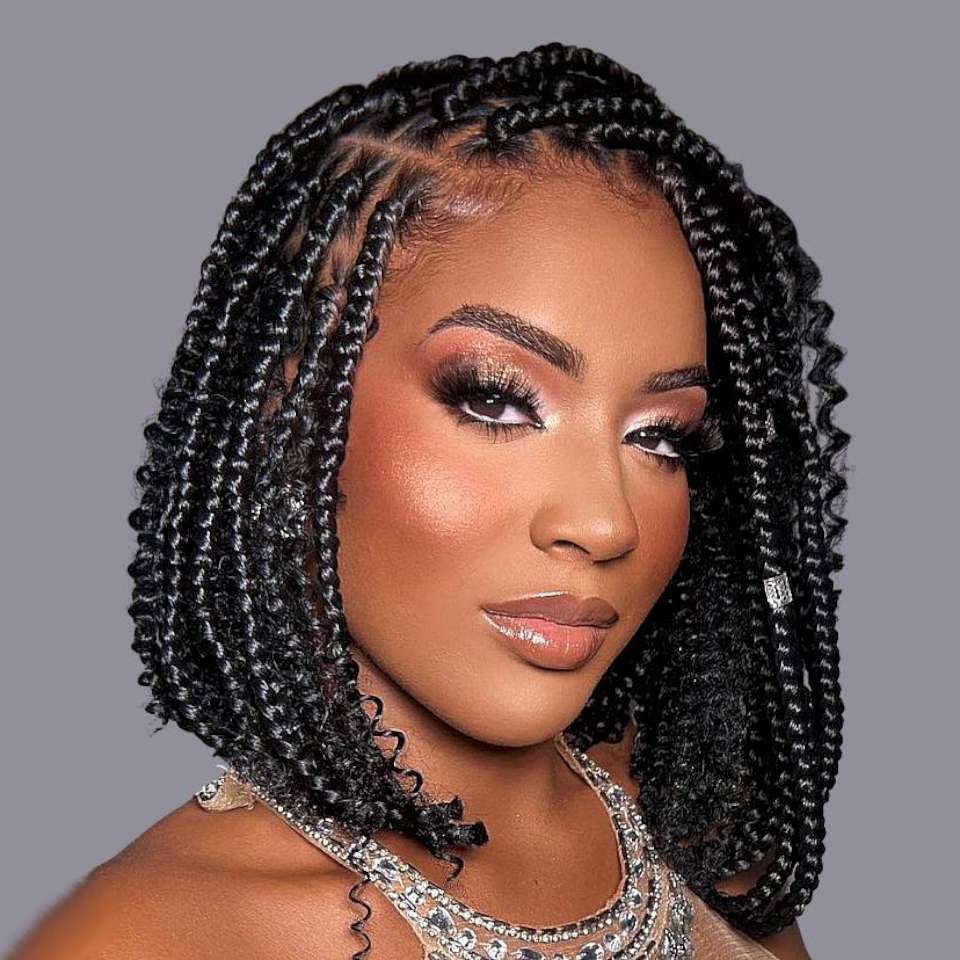African haircuts showcase the natural texture and versatility of African hair. Popular African-inspired haircuts and styles include:
1. Fade Haircut: The fade is the go-to haircut for African men. It involves cutting the hair very short on the sides and back and gradually blending it with longer hair at the crown. The fade can be high, low, or medium—whatever you like.
2. Tapered Cut: The tapered cut is the most stylish option for both men and women. It involves gradually reducing the length of the hair from the crown to the nape of the neck, creating a tapered effect. This haircut can be worn at various lengths and is versatile for styling.
3. Afro: The Afro is the ultimate classic and iconic hairstyle, embracing the natural texture of African hair. It involves stretching the hair into a rounded shape, creating a halo-like effect. Afros can be worn in different sizes and shapes depending on personal preference.
4. Box Braids: Box braids are a protective hairstyle. It involves dividing the hair into small squares or rectangles and braiding each section from the roots to the ends. Box braids can be styled in various lengths and thicknesses. This makes them versatile for different looks.
5. Cornrows: A cornrow is a traditional African hairstyle. It involves braiding the hair in neat, straight lines close to the scalp. Cornrows can be created in a variety of patterns and designs. This allows for creative and intricate styles.
6. Bantu Knots: Bantu knots are small, coiled knots created by twisting sections of hair and wrapping them around themselves to form a knot. This style is versatile, and can be worn in individual knots or in a pattern across the head. They can also be combined with other hairstyles.
7. Twists: Create your own twist by dividing your hair into small sections and twisting two strands of hair together. Wear your twist as a two-strand twist or combine it with more complex styles, such as Senegal or Marley twists.
Remember that these are just a few examples. There are many more African-inspired haircuts and styles to explore. Consider your hair texture, length, and personal preferences when choosing a haircut or style. Consult a professional hairstylist who specializes in African hair. They can ensure you get the look you want while maintaining the health of your hair.
Pictures of African Haircuts

